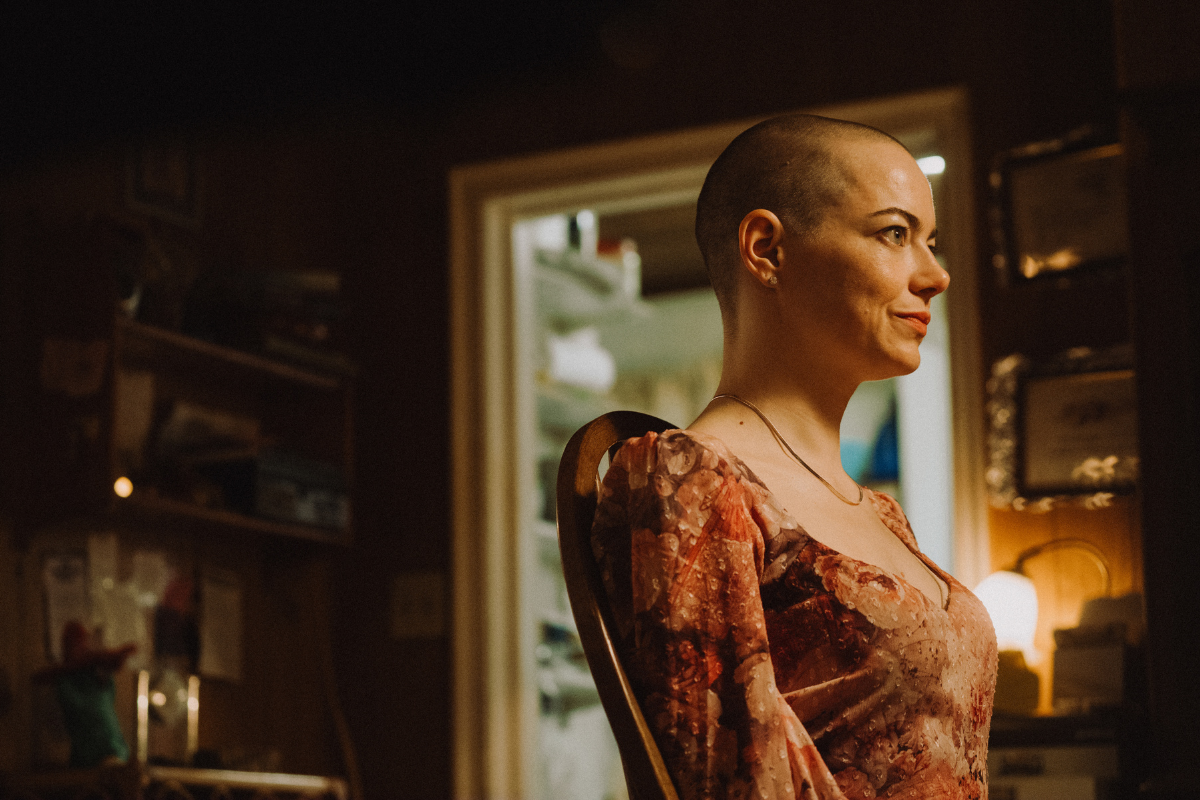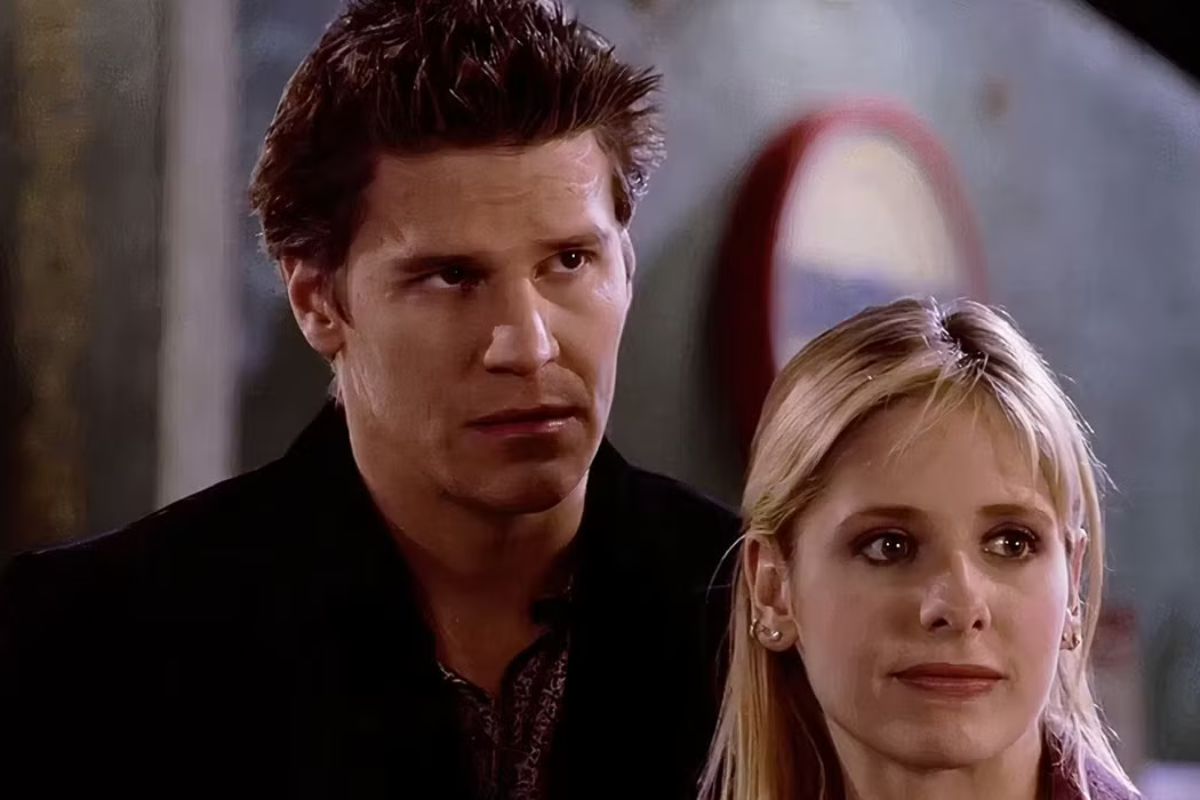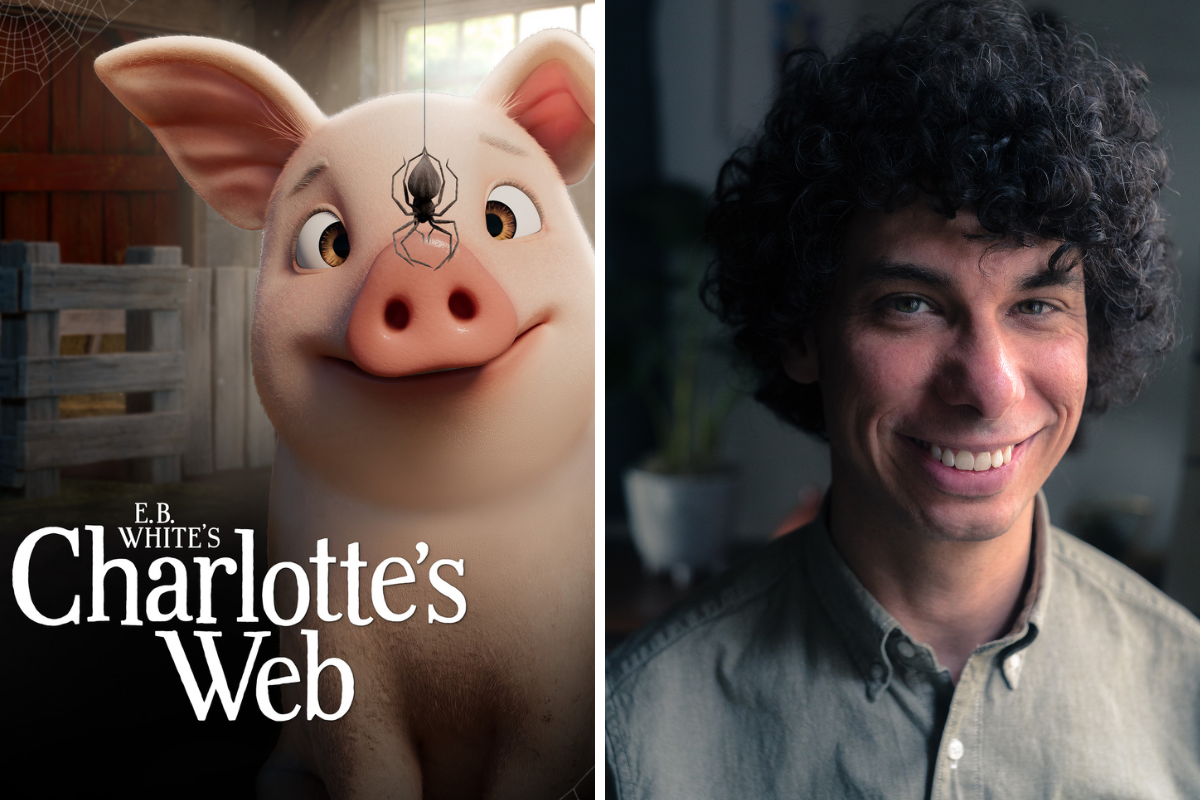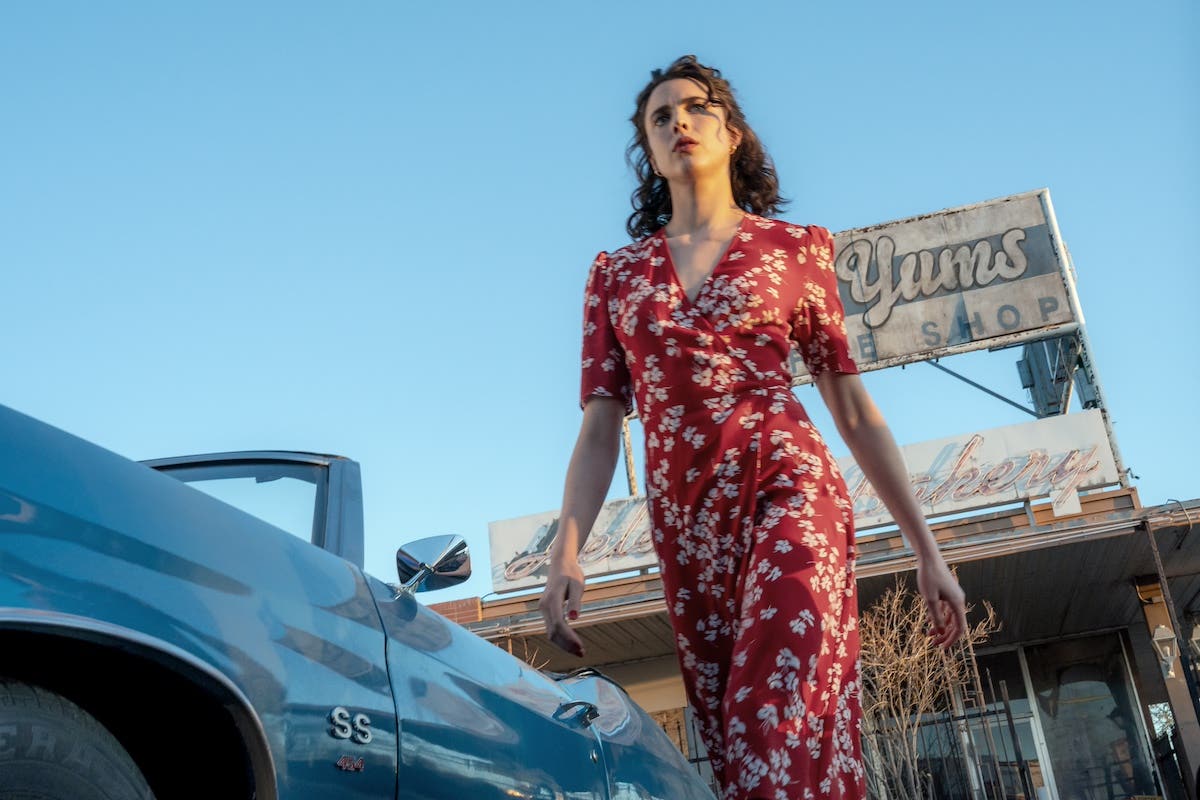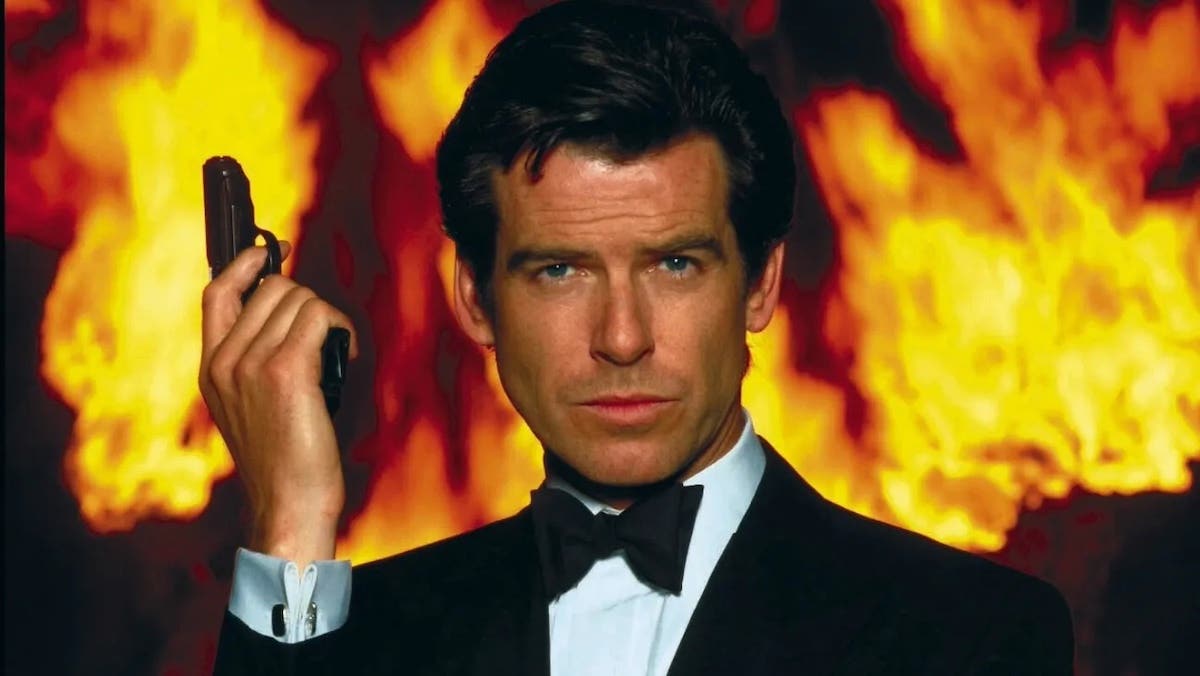Writing for the New Television Landscape
Professional screenwriter Lynn Grant Beck (Hallmark and Lifetime) was recently hired by Google to write a pilot for YouTube Red. She shares insights into the changing television landscape and writing for the binge watcher.
“Features are dead” or so says my agent. Okay, features aren’t literally dead. Studios are still making Oscar-worthy prestige films to flatter themselves and big-budget blockbusters to cover their bottom line, but as anyone who still goes to the movies will notice, most of the theaters are empty.
For a lot of middle Americans, movies have just gotten too expensive, especially once you pay for the babysitter or take your kids and pay outrageous prices at the concession stand for cheap, bad food. The millennials and iGeners really don’t understand why they should drop precious dough at the multiplex when they can use their parents’ account to access a plethora of stellar streaming content on their iPad from the comfort of their own couch.
Television is the new king in media.
So what does this mean for screenwriters? It means opportunity.
When I first came to town in 1996, it was unheard of for unknown writers to pitch original series. That was solely the domain of established showrunners. But with the exploding number of traditional TV channels, cable channels and streaming platforms, the industry is hungry for content like never before. I just finished binging Sex Education on Netflix, created by Laurie Nunn. It was extremely well written so I went to check her IMDb credits to see what else she’d written to discover that her prior produced credits are shorts. I’m guessing Sex Education wasn’t the first pilot or feature she’d written, but still for an unproduced writer to get their own series on Netflix is remarkable.
The growth of streaming networks such as Netflix, Amazon and Hulu only seems to be accelerating, especially with the new big kids on the block, Facebook Watch and Apple TV. There are even streaming platforms for short form media, such as Snapchat, Voodoo and Crypt TV. And this isn’t just a domestic phenomenon. Overseas viewers now account for 50% of Netflix’s total viewership.
This new economic model for television was inevitable because the old one wasn’t working.
Broadcast television is still being financed by corporations who market their products via commercials – that people haven’t been watching since the invention of DVR technology. The traditional networks used to create 22 episodes of a show for a single season, but if the show bombed out of the gate, it could be canceled after airing a single episode. The seasons on the streaming networks are much shorter, often as few as eight episodes. That way they can wait and see if a show catches on, before committing to produce more episodes.
More television has also meant more opportunity for different voices to be heard, especially those of women and minorities, which in turn leads to more unique storytelling.
But how do you make a splash in this giant sea of content? How do you create a series that not only catches the eyes of agents and producers, but also connects with an audience that has ever shorter attention spans?
First, you must cover the basics that have been important for creating good television since the beginning of the medium. Good TV starts with unique, interesting and empathetic characters with whom we want to go on a journey for many episodes. Creating great characters attracts great actors, who attract great directors or vice versa. I personally think audiences are tiring of anti-heroes and want to see more realistic, nuanced characters, who are more relatable to them. The current desire for heroes is evidenced by the never-ending avalanche of super hero movies, but there are a lot of real heroes out there who also make for captivating stories.
All drama (even comedy) needs conflict, internal and external, in every scene. If one of your scenes seems flat, try adding conflict and see what happens. Your concept should be smart and original, but remember that what really makes an audience respond to a television show is that it makes them feel something.
If you want to make your series appealing to the streaming networks, it must also be binge worthy. The concept of binge watching (and now binge racing) has been around since DVR technology and DVDs allowed you to watch back-to-back TV episodes for as long as you wanted. I remember ruining an entire vacation with DVDs of 24. But the idea was really catapulted by the unique concept of releasing all episodes of an entire season at once, which Netflix first did with House of Cards in 2013.
The company attracted 4 million new subscribers in the first fiscal quarter of 2014. At $9.99 a head, that’s close to $40 million dollars they netted a month and it’s on the platform forever. House of Cards permanently changed the economic model of television.
So what’s the trick to making your own series binge worthy?
You must weave in layers of mysteries. Some of them may be solved in a single episode, but others should unfold over a whole season, while still others should last an entire series. It’s one of the reasons you currently see a lot more thrillers, dramas and horror series on the streaming networks than you do comedies. It’s just harder to make comedies binge worthy.
The other trick is to use cliffhangers at the end of every episode so that people literally can’t stop watching your show until they see what happens in the next episode. The streaming networks have even dispensed with end titles to make the streaming experience as seamless as possible. As Reed Hastings, CEO of Netflix says, “We actually compete with sleep… and we’re winning.”
Lastly, in order for your show to resonate and connect with an audience, you must tap into the zeitgeist and mine it for ideas and themes. One of the reasons reboots of old shows often flop (Dallas, anyone?) is because the original show was created during a different cultural epoch when people cared about different things. It’s our job as artists not only to recognize and understand what’s happening now, but also to intuit what’s percolating in the zeitgeist in order to know what’s coming next. Ultimately, great shows can affect or even create the zeitgeist. Look at what Modern Family did to normalize gay marriage and turn the cultural tide in favor of it.
So how do you delve into the zeitgeist to find out what’s percolating?
You don’t do it by lying on your couch watching other shows. You have to get out into the real world, talk to people you don’t normally associate with, travel, explore, observe and read… voraciously. Our television shows now have a global audience of millions of viewers around the world. This offers writers an unparalleled opportunity not only to entertain, but also to shed light on the human condition, to inspire and change the world for the better.
Learn more from Lynn Grant Beck in our SU online course, Writing the Series Bible
Lynn Grant Beck is a professional screenwriter. She’s had two television movies produced for Hallmark and Lifetime, and was recently hired by Google to write a pilot for YouTube Red. She’s been hired to write both film and television scripts and has had numerous scripts optioned. She began her career in New York writing and producing plays and founded an independent theater company, The Chelsea Players. She was an assistant at Kushner-Locke, a Creative Executive at Interscope Communications and a VP of Production at Kopelson Productions. She is also currently a Professor in Pepperdine University’s MFA Screenwriting Program. Visit Lynn's site here. Twitter: @LynnGrantBeck


